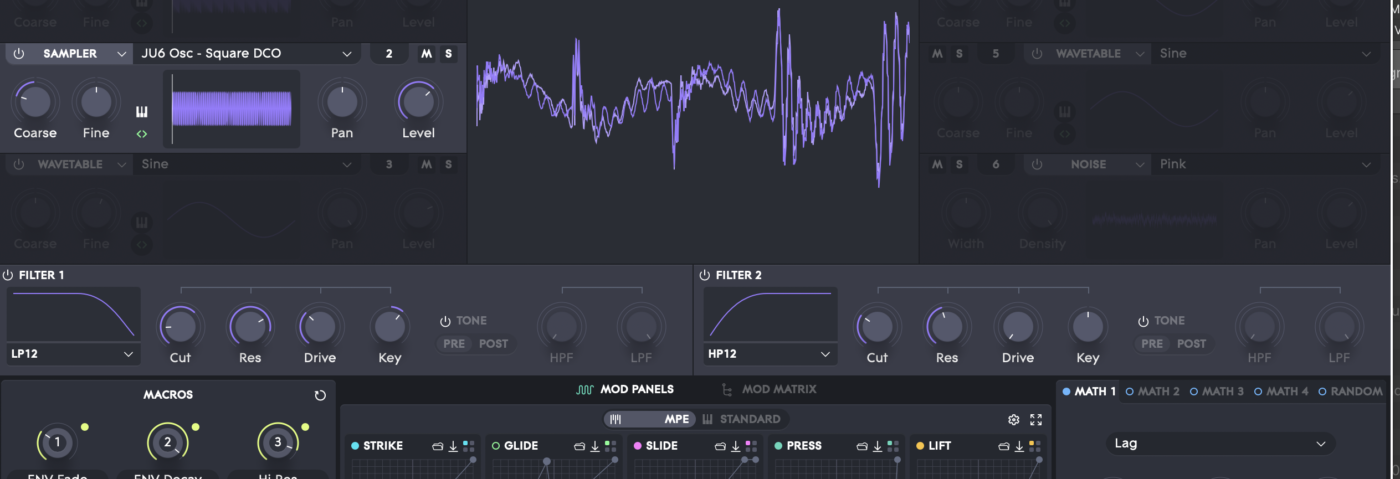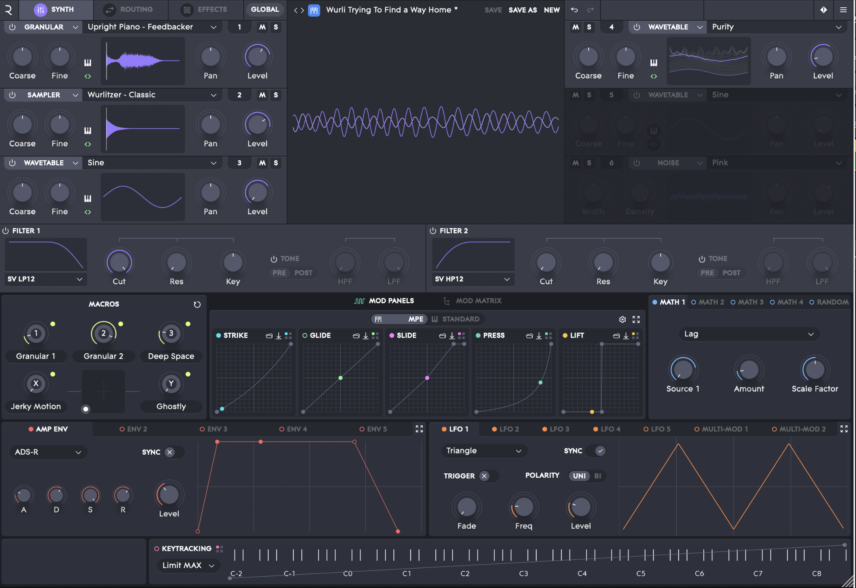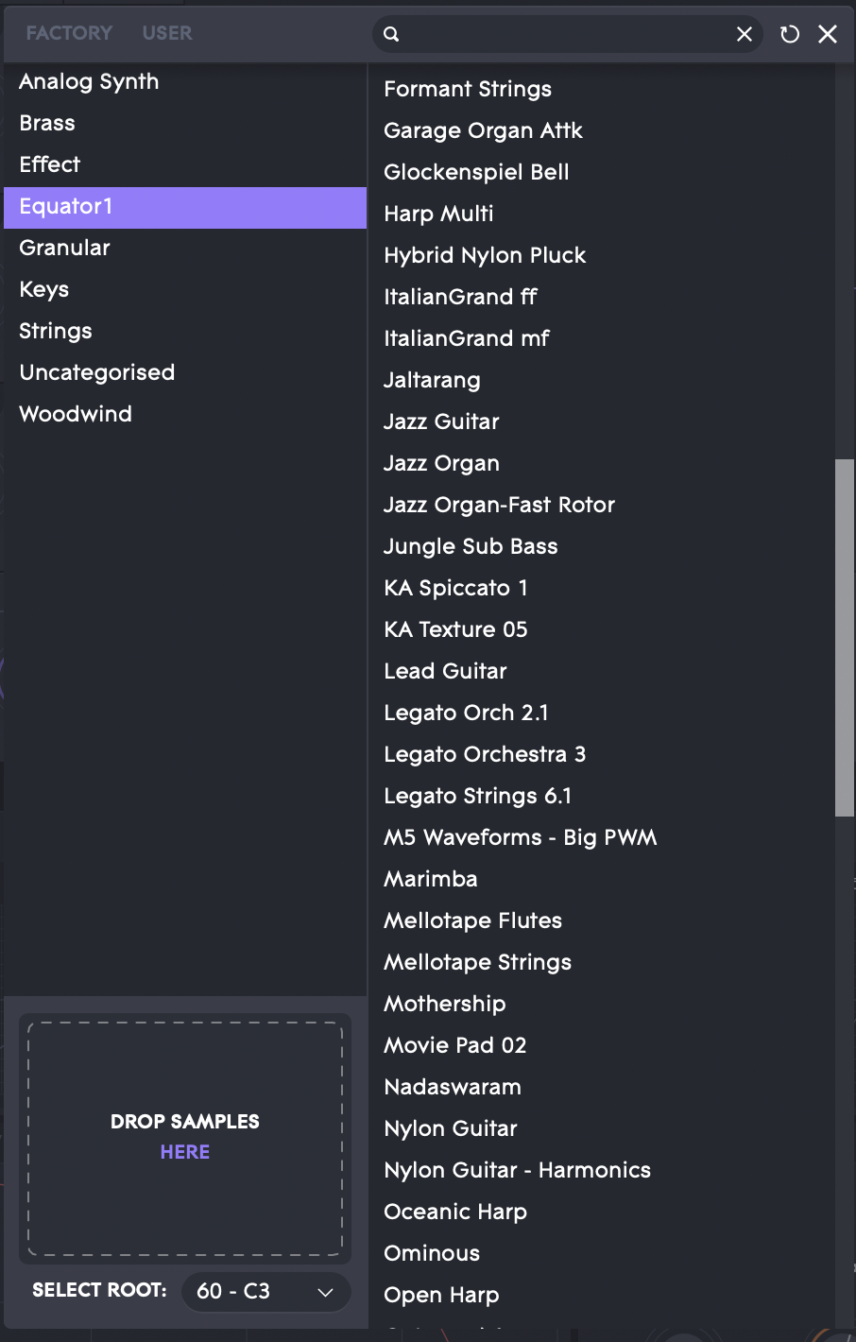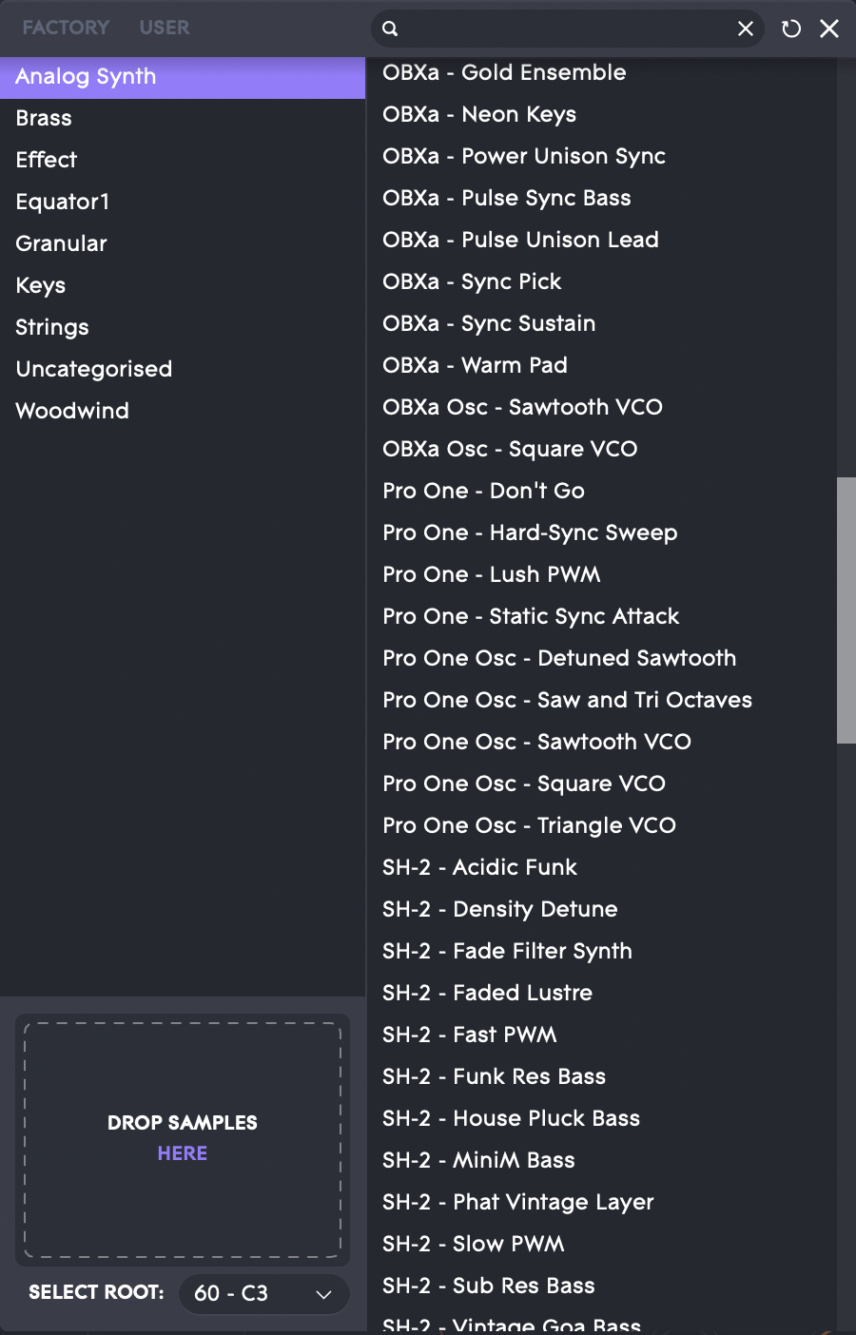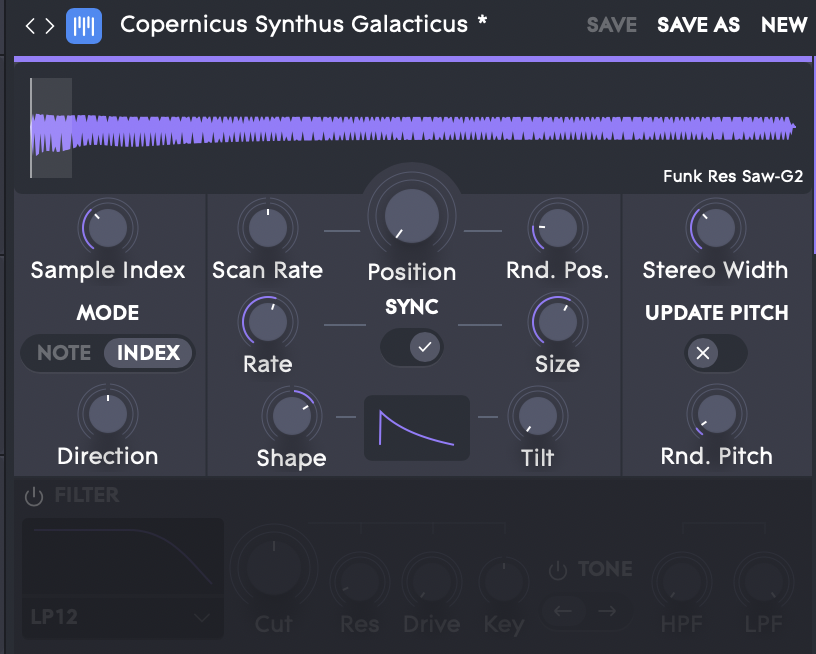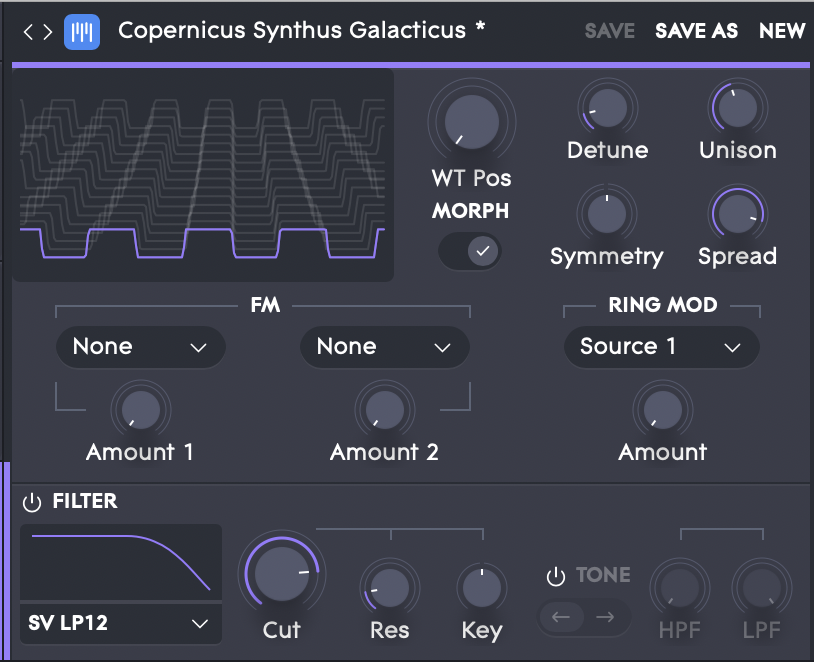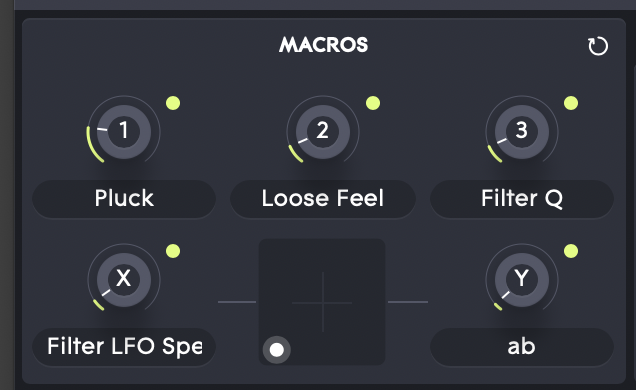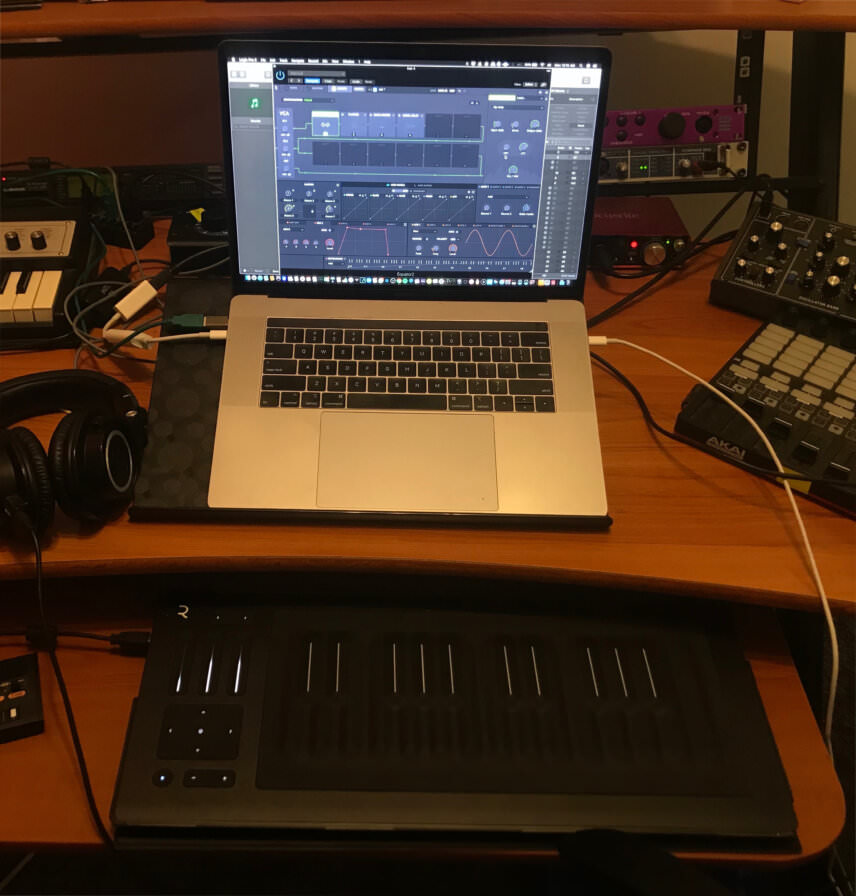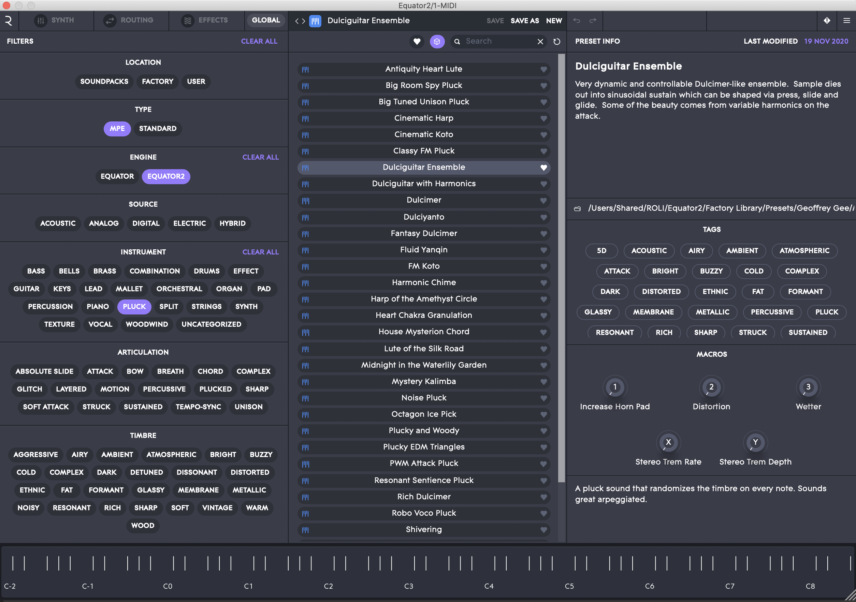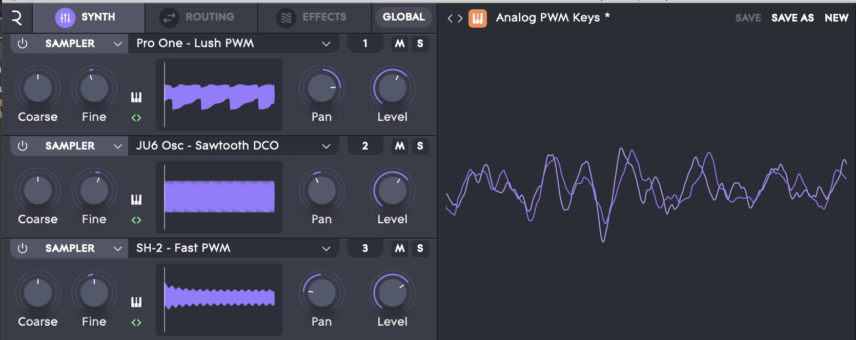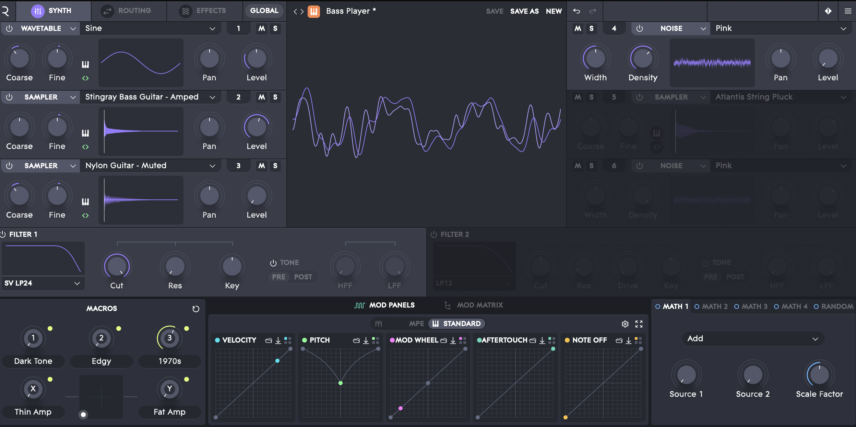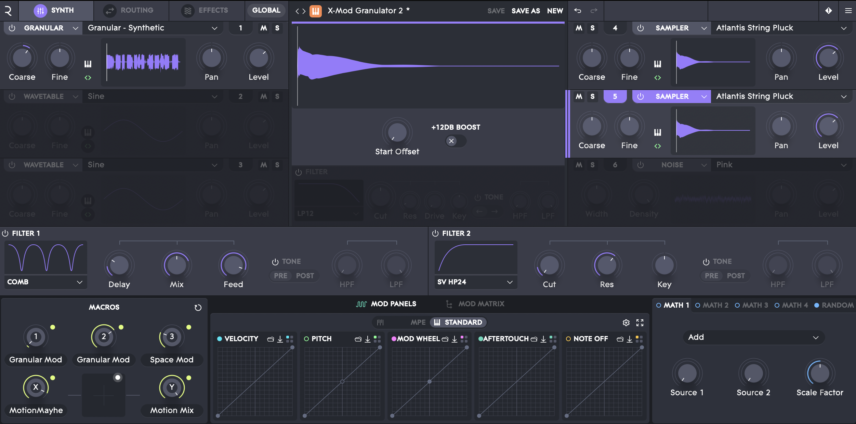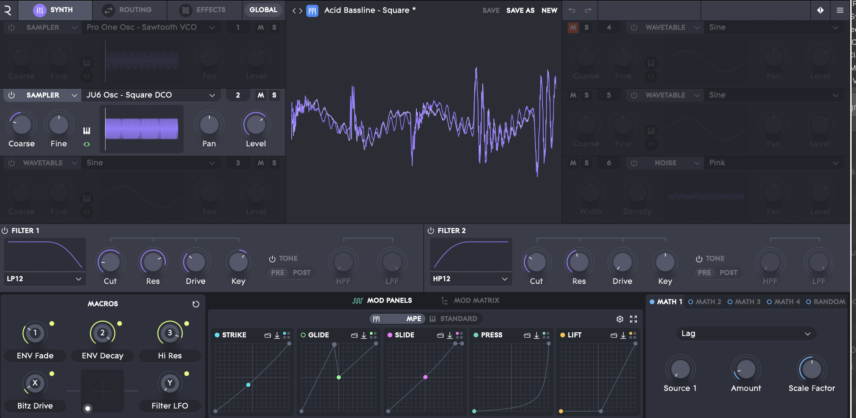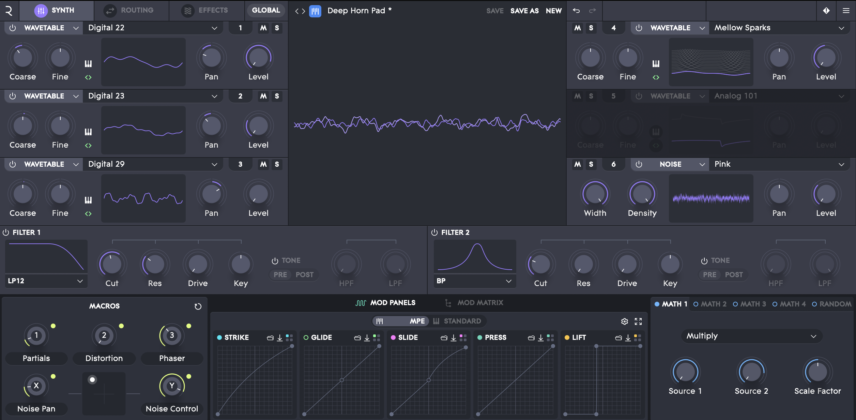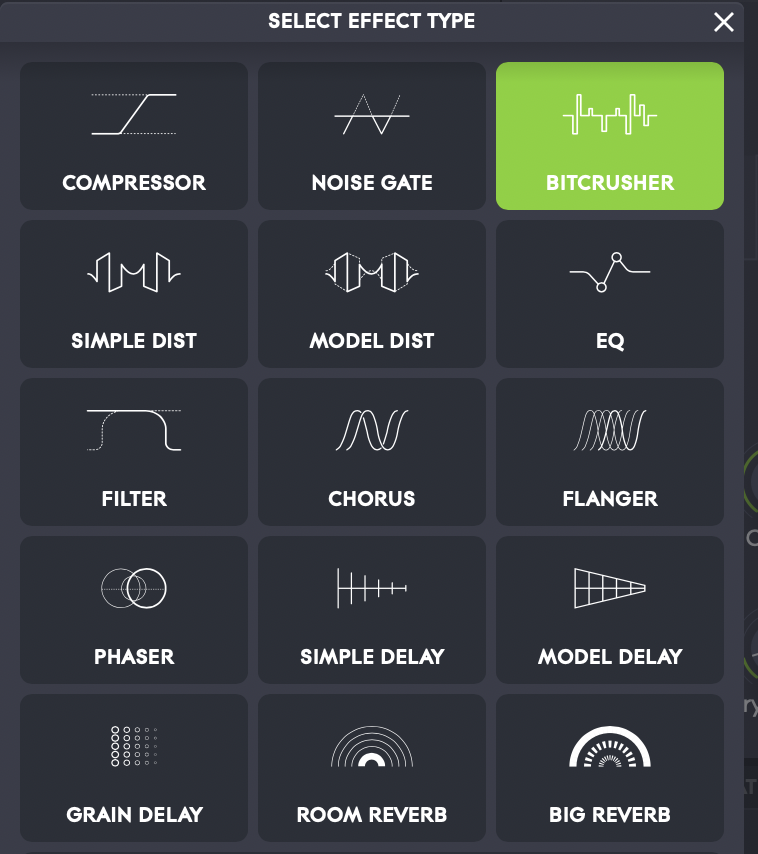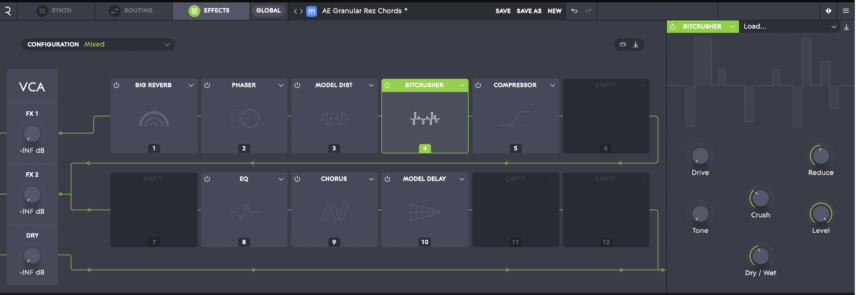To those who have been turning a blind eye to ROLI because of their pricey hardware, the time has come to take them very, very seriously as software synth developers. Equator2 is nothing short of astonishing.
No one can deny that ROLI have played an important role in the spread of MIDI Polyphonic Expresision (MPE) since rolling out the Seaboard in 2014. While this new style of expressive synthesis and sampling has been embraced by many, the question surrounding ROLI products has always been the same: “Am I going to have to pay £750 to get a MIDI keyboard that controls a soft synth?” This is the price of the cheapest fully equipped Seaboard, the RISE 25. There is also a Seaboard Block for close to £300, but it is significantly smaller in size and comes without the handy expression controls found in the RISE models.
With Equator2 we can confidently say that it’s time to focus on the software. The synth combines sampling, granular synthesis, instrument modelling and wavetable synthesis while offering 1300 of the best-sounding presets on the market. And no, you don’t need an expensive MPE controller to make the most of it.
The Sound Engines
Instead of traditional oscillators, Equator2 has four sound engines – a wavetable oscillator, a sampler, a granular sampler and a noise oscillator. With a total of six sound engine slots, this is four more than its six-year-old predecessor, Equator 1.
The signal is fed from these engines through two master filters and then to the effects lanes that we will look at later. A clear highlight of the engines is the extensive library of wavetables and high-quality samples.
The samples cater to both vintage analogue synth aficionados as well as seasoned keyboard players who want to try their hand at shredding a guitar or playing the sitar – with a keyboard. The latter group will get much more satisfying results with an MPE controller like the Seaboard, but presets less dependent on real instrument-modelling (and microtonal pitch movements) sound just as powerful with or without MPE.
The sampled synths include a Roland System 100, Roland SH-2, Sequential Pro-One, Oberheim OB-Xa, Korg MS-20, and ARP Solina among others. The other categories of samples are mainly comprised of multi-sampled instruments with dozens of different articulations.
The wavetable and granular sound engines’ expanded views are also comprehensive, with internal controls like ring modulation, wavetable morphing, internal FM and unison.

The Granular Sound Engine 
The Wavetable Sound Engine
We’ll take a look at some of the presets in the next sections but here is an example of a simple granulated guitar chord we played in using the Nylon Guitar Pluck sample in the granular sound engine. We especially liked the shape controls that allow for control over the ADSR envelope of the granular textures.
Top-Drawer Presets
Perhaps the reason ROLI waited six years for an Equator sequel was the massive task of programming 900 full presets. This is in addition to the 400 from Equator 1, which are downloaded as a separate content folder when installing Equator 2.
Of the total 1300, around 500 of these come with parameters automatically mapped to the five MPE modulation sources Strike, Glide, Slide, Press and Lift. The other 800 are designed for traditional MIDI controllers. This means that most of them come with effects auto-mapped to the mod-wheel, velocity, after-touch, pitch and note-off graphs in the Mod Panel.
ROLI have provided control over the behaviour of these expression parameters, by means of envelopes that you can visually edit.
The envelopes are a nice touch but the stellar element of the presets are, without a doubt, the five assigned macros: three fader or knob-style macros and two XY macros. These come automatically pre-mapped to effects, modulation sources, envelopes, wavetable positions and more.
This is where we have to admit that using Equator2 with a Seaboard RISE controller takes this synth to the next level. This is because the Seaboards have three touch faders and an XY-pad that auto-map to these five macros. Considering that the presets also come with parameters auto-mapped to the five Mod Panel modulators, this means that you have no less than ten macros oiled, fueled and ready to go right off the bat.
The preset browser view is easy to navigate and looks similar to Native Instruments Komplete Kontrol’s browser in terms of selecting keywords to filter results.
The Sounds in Action
To provide an idea of Equator2’s sounds we recorded some of our preset explorations.
The first is a house stab-style preset called Analog PWM keys, made up of samples from a Sequential Pro-1, a Juno-106 and a Roland SH-2. The macros are great and include a Filter LFO rhythm, a different envelope feel, a high pass filter, a plucky character and resonance.
Second, we have a bass patch that is an example of how realistic ROLI has gotten their modelled instrument samples to sound. Playing these types of pitch-bend-loving samples on an MPE controller like the squishy Seaboard is truly fun. This preset is accurately named Bass Player.
Here’s one for the sound designers. This preset is called X-Mod Granulator 2 and its macro parameters all modulate the granular engines and effects to bring out all kinds of textures.
We couldn’t ever give a synth the thumbs up without trying out some acid bass patches so we tested this one called Acid Bassline – Square. The sound engine here again features a Juno-106 sample and the macros and MPE parameters add great modulation with envelope control, metallic effects, drive and a powerful sounding resonance.
The final sound we wanted to demonstrate is the Deep Horn Pad preset. The noise that comes in at the end is provided by the noise oscillator and the related noise parameters are controlled via the macros. Quite a few of Equator2’s presets have a layer of noise that can be mixed in or out via modulation.
Effects with Internal Feedback
ROLI have gone an interesting route with the effects, introducing a lane format where each lane of effects can be configured to feedback into themselves. The effects themselves are nothing ground-breaking, but they sound good, particularly the big reverb that makes drone programming quick and easy. You can see the full list of effects on offer in the below picture.
The effect lanes concept takes some getting used to and when using feedback we found that it could get intense quite quickly but being able to route effects into each other is always useful for getting a variety of sonic results.
Modulate, Modulate, Modulate
The workflow for assigning modulation sources to parameters makes mapping so easy that the synth is basically asking to be modulated. MPE aside, it simply encourages you to use your mod wheel, aftertouch and velocity in ways you normally wouldn’t.
There are envelopes, LFOs, macros, MPE parameters, the Standard parameters and two multi-mod envelope shapers that can all be mapped to any of the controls.
Internal mapping is done by clicking the source’s panel and then holding and dragging any of the synth’s knobs. This idea is not new and, like many others in the modern soft synth world, is rooted in Native Instruments’ first edition of Massive. At this point synths that don’t make modulation source mapping as quick and easy as this are just slowing down workflow.
The emphasis on modulation is also evident from the number of modulation mappings in the presets, many of which have a pages-long modulation matrix.
The matrix itself is as clear as can be and we particularly liked how it resembles Ableton’s MIDI mapping menu, in that you can quickly set minimum and maximum values for modulation.
The one issue with modulation that we had is at times forgetting to deselect one of the modulation panels. Because of this, all of the parameters we tweaked next would accidentally map themselves to the modulation source. While it is practical that you can continue to map more than one parameter without having to click on the modulation source again, this is definitely an issue to be mindful of.
The Competition
In terms of competition, we simply can’t discuss Equator2 without alluding to Kilohearts’ Phase Plant. This is neither because of their similar price point (the full version of Phase Plant costs circa £260), nor because we are claiming that either company has copied the other, but because there is a clear trend in the industry toward visually satisfying, macro-driven, all-inclusive soft synths. Nonetheless, we highly doubt that the manufacturers of Equator2 weren’t taking a close look at the new products of companies like Kilohearts.
Like Equator2, Phase Plant has wavetable synthesis with an extensive library of waveforms, a sampler that accepts user samples, very high quality presets, a fast and clear modulation workflow, effects in a lanes format and a flexible interface where the user can re-organize modules. Yes, they have a lot in common.
Regarding elements of Equator2 that Phase Plant doesn’t have, we could list MPE compatibility, a granular sound engine and a list-style modulation matrix.
Even completely disregarding MPE or the use of Equator 2 with MPE controllers, it would be hard to dispute the fact that this synth has it all.
As of the time of publication, Equator2 is currently available for £159 via a holidays discount. You can upgrade from Equator, ROLI Studio, Cypher2 and Strobe2 for £80. When the sale ends the normal price will be £199 and £119 respectively.
The Verdict
Price: £159 (£199 after the holidays, 2020)
Purchase: ROLI Equator2
The Final Word
ROLI sets the bar high for soft synth developers with this affordable, feature-packed and super-sounding synth.
